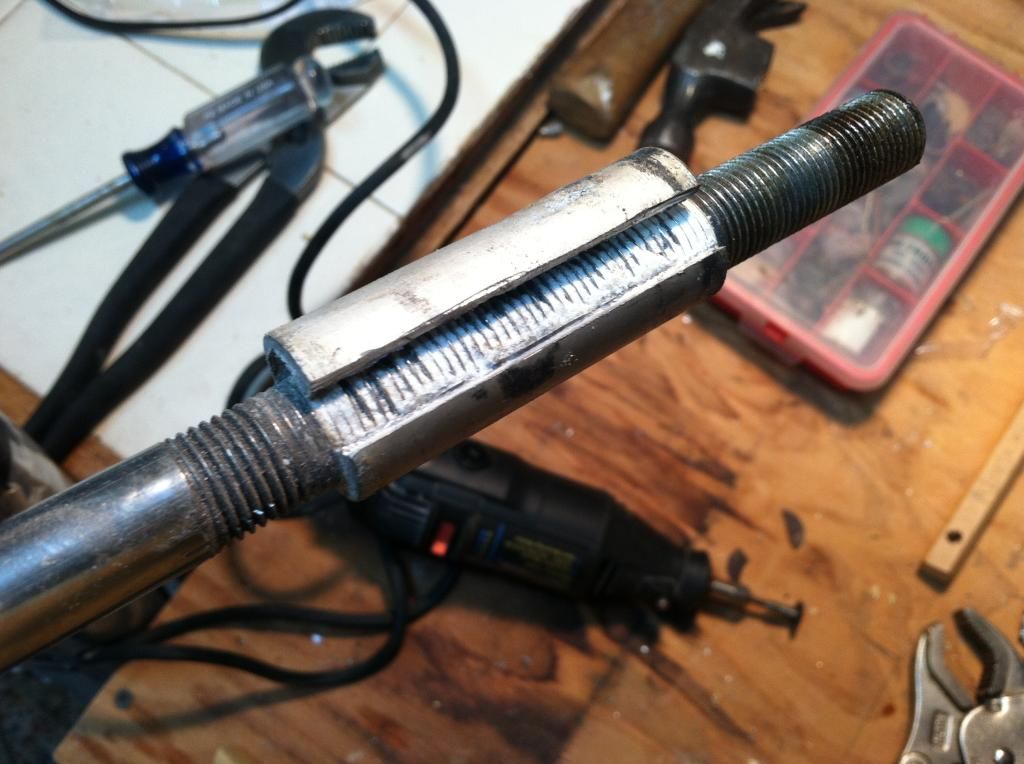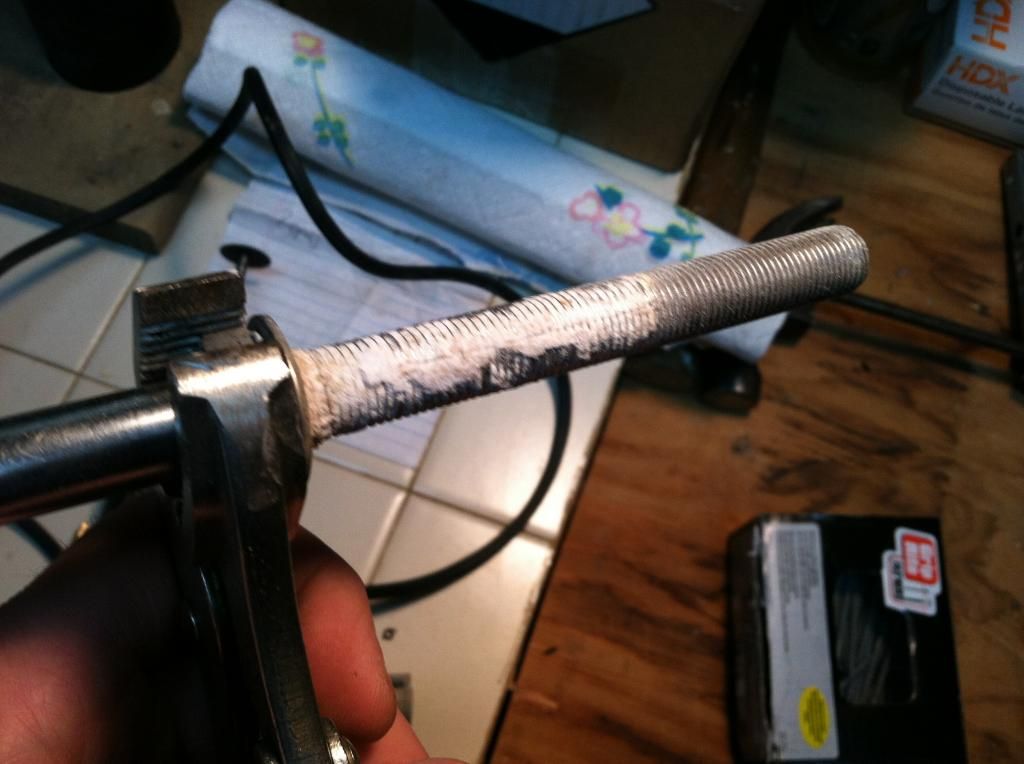srm wrote:
I'm no expert when if comes to welding, but I think a lot of it comes down to the skill of the welder and how good they are at controlling the heat.
The tempering process (T6) uses an initial heat of 980° F for an hour, quench, then "aging" at 325° F - 400° F for 1 to 8 hours (lower heat, longer time).
In contrast, the melting point of 6061 aluminum alloy is 1202° F - the
minimum temperature of the weldment. There's no doubt that welding will remove the temper from the extrusion. The only question is how large the heat-affected zone (HAZ) will be. Aluminum conducts heat well (second only to copper), so the HAZ tends to be much larger than a comparable steel weld unless special precautions (heat sinks) are used.
Additionally, aluminum needs to be almost surgically clean for solid welds. The slightest bit of contamination (like corrosion or steel dust) will result in an inferior weld with high porosity. I used to work at a shipyard when we tried to move aluminum production into a building that had been used many years for steel production. The resulting fiasco, caused by residual steel dust contaminating the welds, was of epic proportions. It was cheaper to just build a new building exclusively for aluminum production.
Using mechanical attachments for this repair is the best solution, although I'm concerned about the rivet heads tearing up the crossbar saddle, too.





















